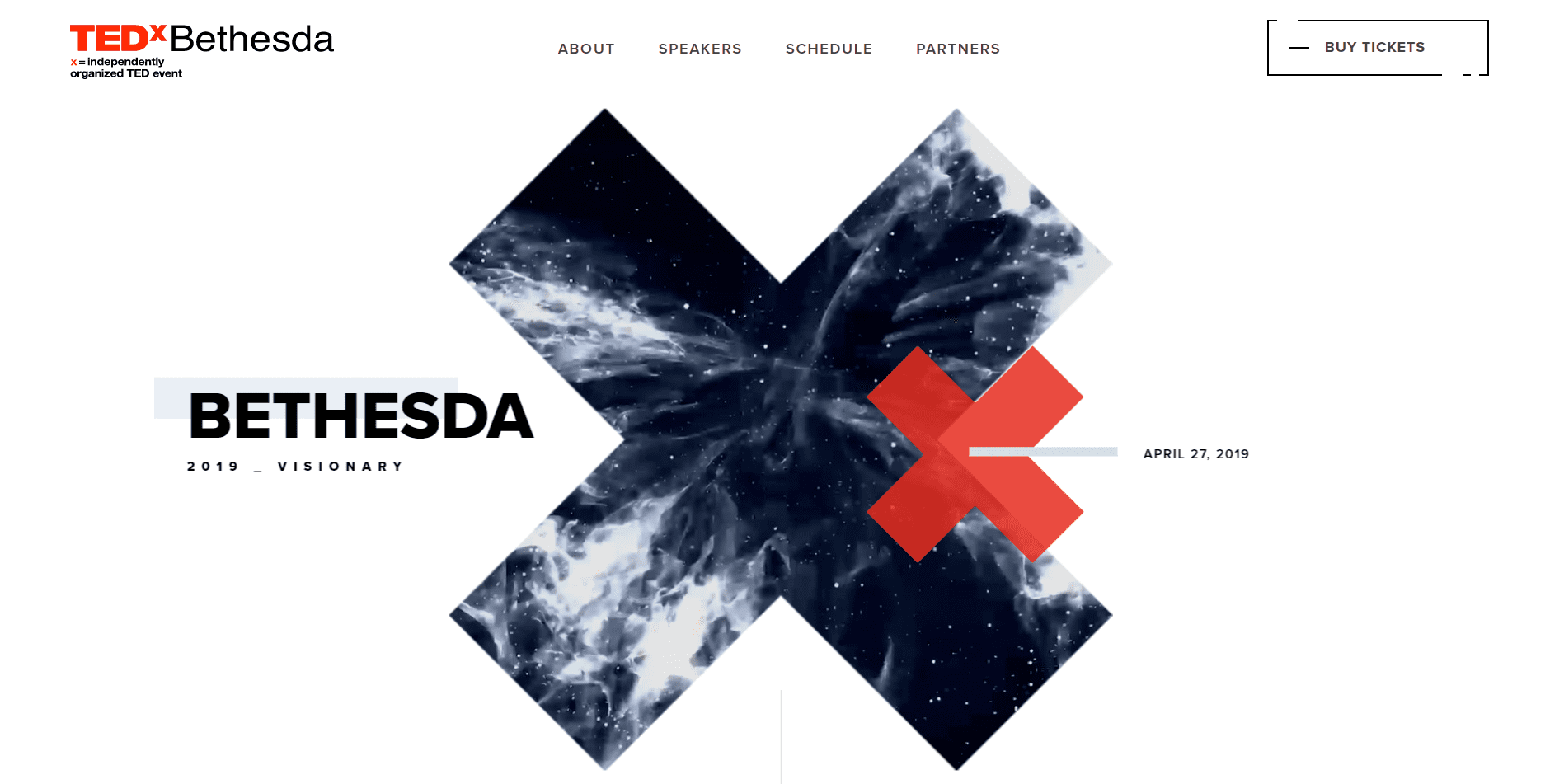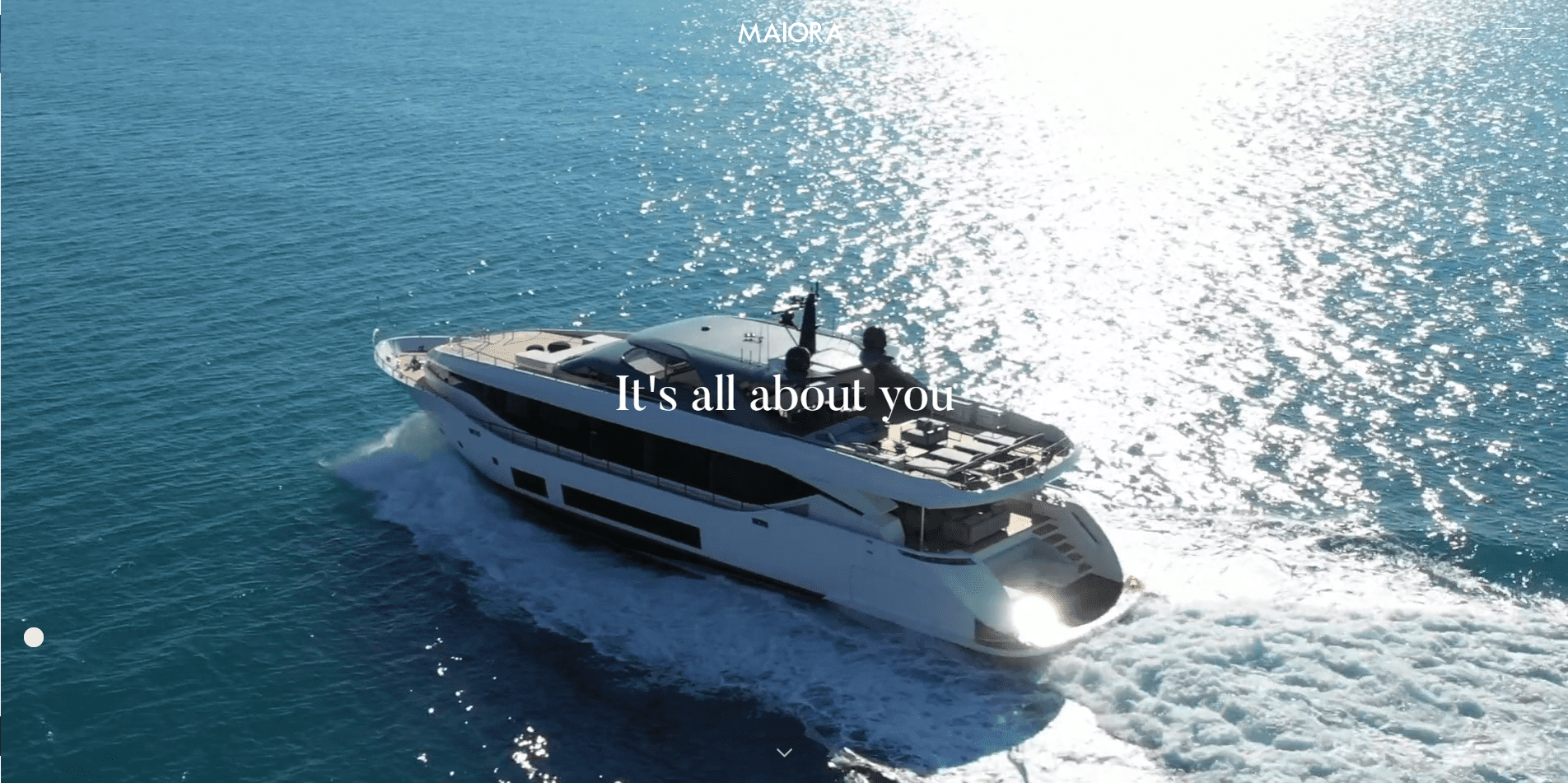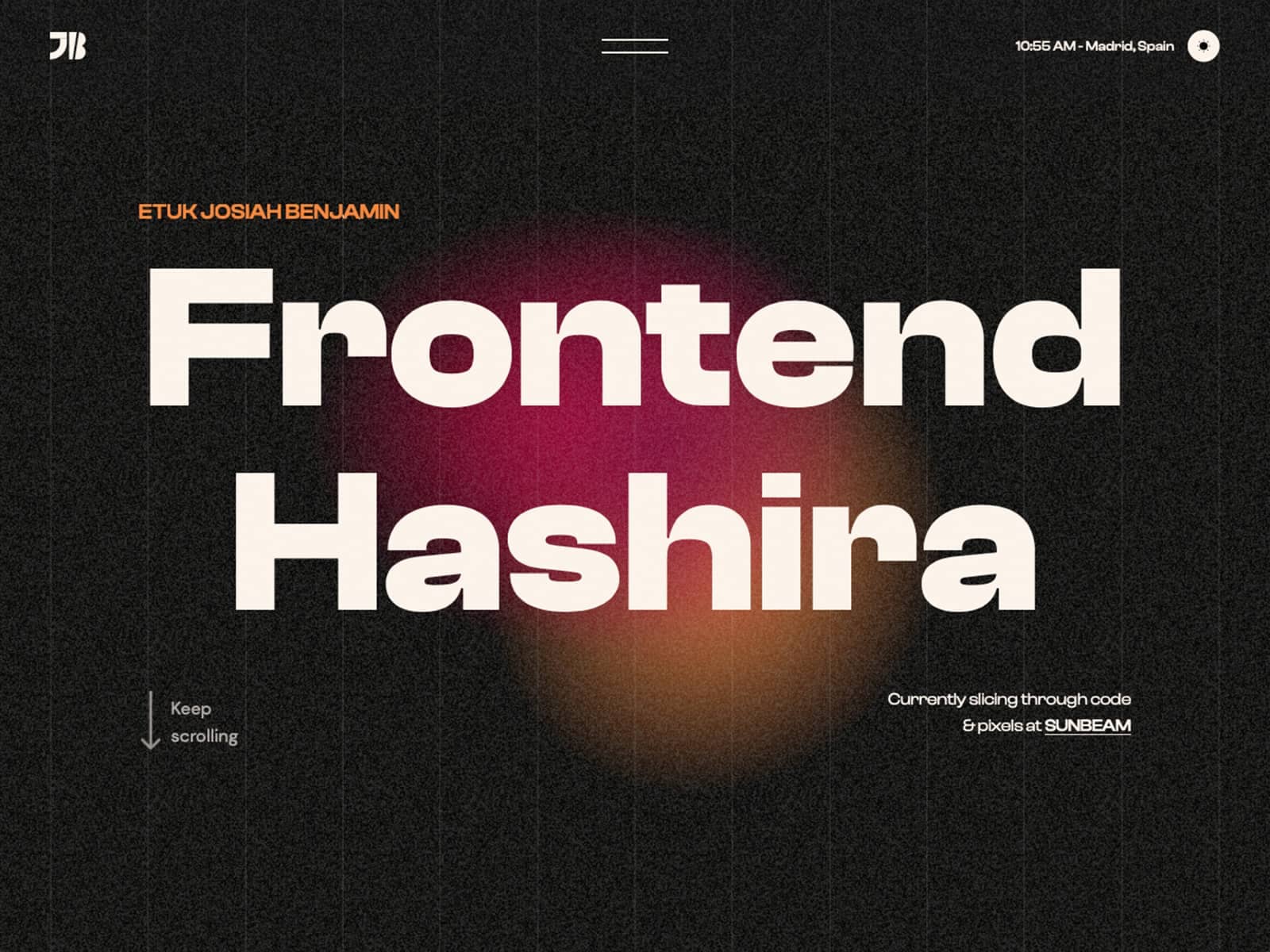
Essential Elements of Painting Company 5 Essential Elements of Painting
Join us as we delve into the world of expressive typography, damaged and layered images, chaotic interactive textures, dreamy colors, brutalist aesthetics, and the delicate balance between flat and not-so-flat design. Prepare to be inspired and discover how these trends can elevate your web presence and engage your audience. Let’s dive into the world of cutting-edge web design and unleash the creative possibilities that await us!
In today’s world, the capabilities of technology have advanced rapidly towards creating a realistic virtual environment, providing a unique experience to designers and consumers alike. 3D object design provides users the opportunity to construct an object using a computer program, which can create a 3D visualisation of the product. This technology has provided designers with opportunities for innovation and allows them to make changes to their creations before materialising them. The rise of 3D object design has led to an increase in accessibility, allowing designers without extensive technical knowledge to create their own 3D models.
This trend has revolutionised various fields such as architecture, engineering, gaming and healthcare, and it is expected to continue expanding. The technology behind 3D object design contributes to shaping the future of design and has made a substantial impact in the world of advancements. The potential of 3D modelling brings limitless opportunities for designers to form and refine their designs efficiently and produce objects that stretch the confines of physical world limitations.

Are you tired of seeing the same old website designs? Designs that all look the same and fail to stand out? Look no further than the power of precision and geometry.


When choosing typography for your design project, keep in mind that the typeface you choose can greatly enhance the overall message and personality of your design. Consider the tone and mood you want to convey and select a font that will effectively communicate that message. By doing so, you’ll create a design that speaks volumes and effectively captures your audience’s attention.
When we think about the perfection of a photograph, we often imagine crisp and clear images with every detail visible. However, adding depth and character to an image can actually enhance its beauty and create a unique work of art.
The artistry of damaged, layered images lies in the imperfections. A distressed or faded look can add a sense of nostalgia, creating a story within the image. Similarly, layering images can add a sense of depth and complexity, drawing the viewer in to explore the various elements.
There are a variety of techniques that can be used to achieve these effects, from overlays and textures to manipulating color and contrast. Experimentation is key – playing with different settings and adjustments until the desired effect is achieved.
By embracing the imperfections and adding depth and character to images, we can create truly unique and captivating works of art. So go ahead, experiment and let your creativity shine through.
However, it is important to remember that chaotic textures can quickly become overwhelming if overused or improperly applied. To make the most of this technique, it’s best to use it in moderation and with intention. Consider the message and purpose of the website, and choose textures that accentuate and enhance that message.
Overall, the use of chaotic textures can add an exciting and dynamic element to web design. By engaging the senses and creating a visually stimulating experience, we can create websites that not only look great, but also capture the attention of users and encourage them to explore further.
If you’re looking to create a tranquil space for relaxation, consider using shades of blue and green. Blue is calming, and green represents balance and harmony. These colors are perfect for creating an oasis in your home, such as a bedroom or bathroom.
The right color choices can make all the difference in creating an enchanting aura. Consider the emotions you want to evoke, and choose colors that complement your theme. By incorporating dreamy colors that evoke emotions, you can create a space that feels magical and enchanting.
Choosing between flat and not-so-flat design can be challenging, so it’s essential to understand which design style aligns with your brand and product values. Striking the balance between the two and exploring what’s best for your business is a significant aspect to consider. As a designer, you need to navigate various design options, explore what works for you, and what doesn’t, and improve upon them.
Incorporating hand-drawn illustrations into web design can also help to reinforce a brand’s message, create a consistent design language across different platforms and formats, and engage users on a more personal level.

Author

Essential Elements of Painting Company 5 Essential Elements of Painting

Custom contact form Elementor Custom Contact Form Tutorial: Step-by-Step Guide
Ananass offers professional web design services for businesses, delivering visually stunning and user-friendly websites. Whether it’s a new project or a revamp, our experienced team is dedicated to fulfilling your specific requirements. We believe in open communication and collaborative partnerships. For technical support, inquiries, or discussing your project ideas, our responsive and knowledgeable staff is committed to providing prompt and reliable assistance. Contact us today and let’s embark on a successful web design journey together.
Nous sommes ravis de vous accompagner dans la création de votre site web.